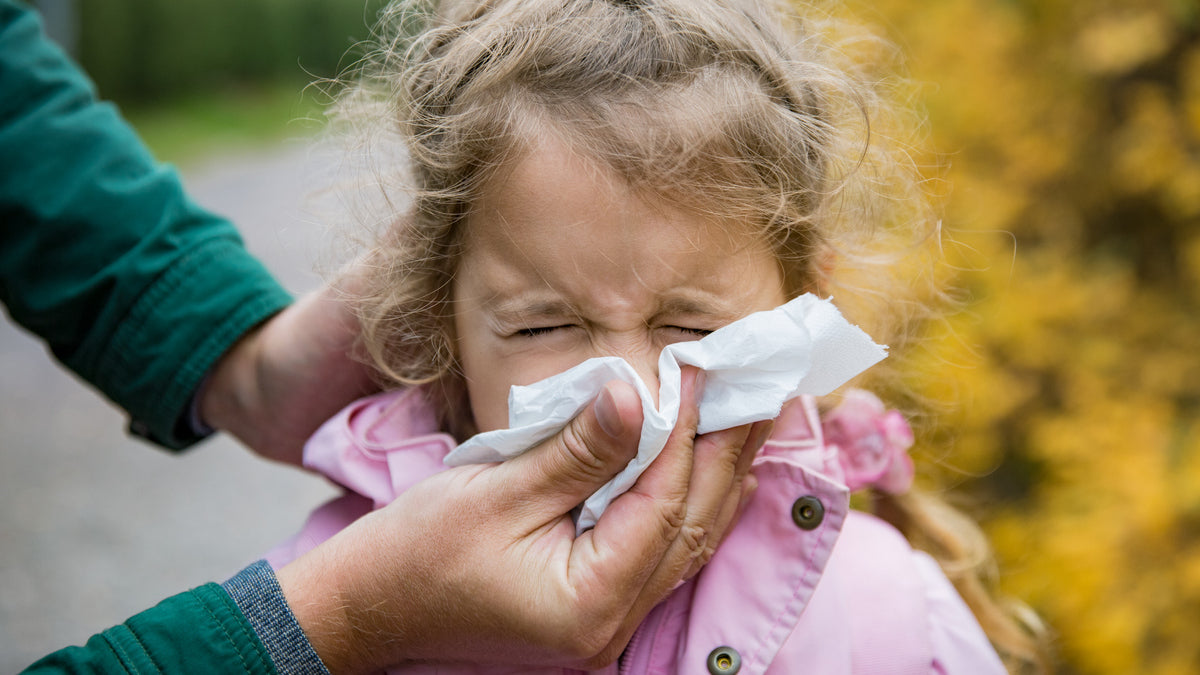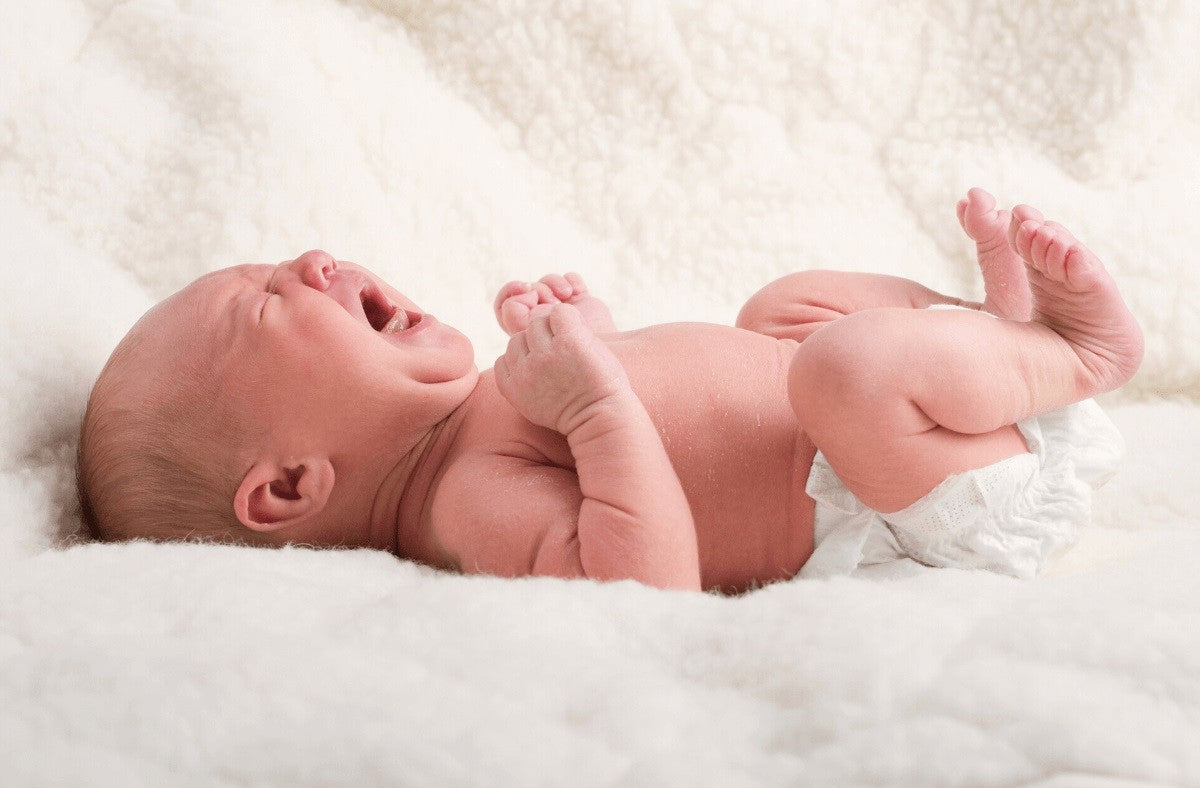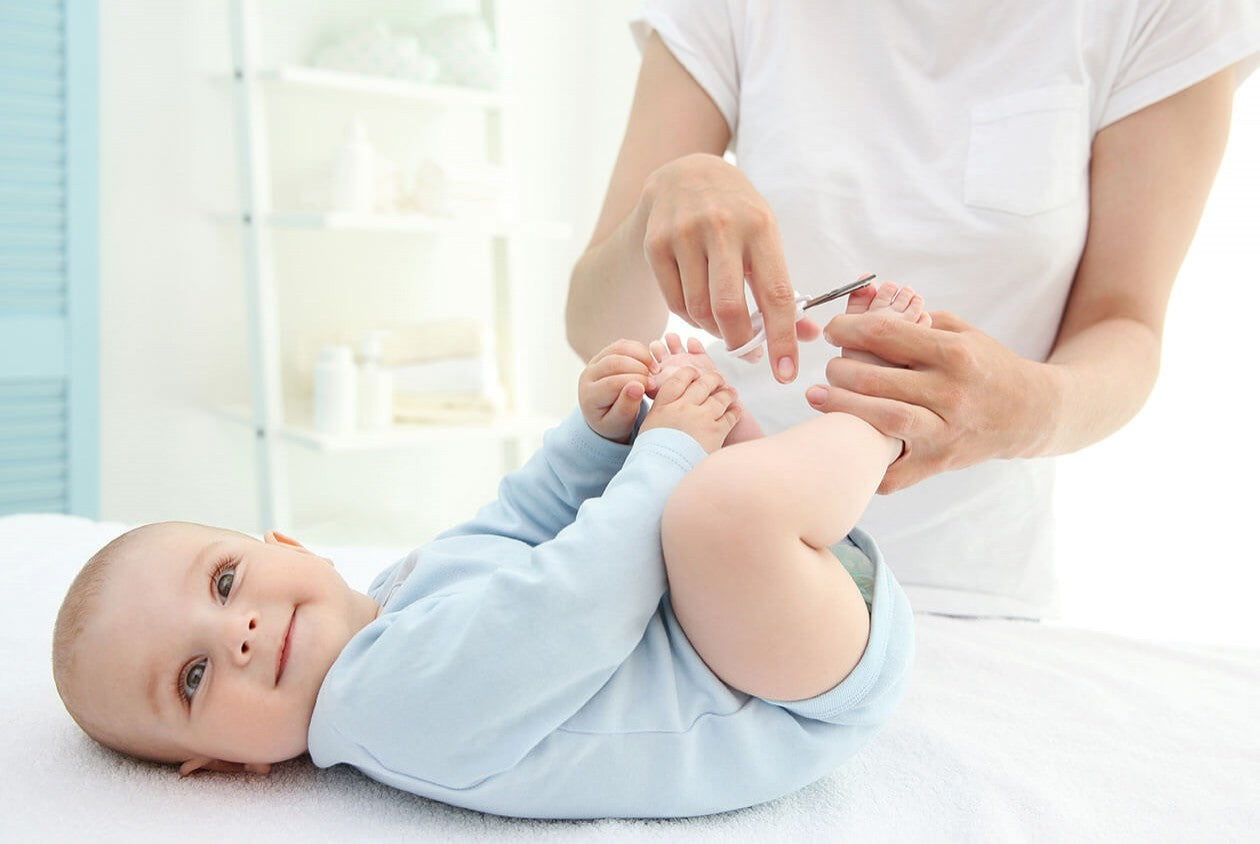Tips and remedies on how to remove stains from children's clothes
Children, in normal daily activities, from play to meals, do not pay much attention not to get dirty. They are only interested in having fun or eating and if something ends up on the shirt, making it dirty, then their mother will take care of solving the problem. But in some cases it's not enough to just put it in the washing machine the dress to make it clean again. And some stains persist persistently. Sometimes mothers find themselves in front of clothes so full of stains that they would want to throw them away. But very often a few tricks are enough to get the shirt or dress back to the way it was before.
The stains can be of various types, from those caused by the colored tempera that children use to draw at school, to those caused by the pasta sauce; from the patches of grass, which the child made while playing in the park near his house, to those of blood when he fell while riding a bicycle.
For every stain, there is the right solution. Are you also always struggling with stains, which seem impossible to remove, on your children's clothes? Here are some tips to get rid of them easily.
• First of all we specify that a hand pre-wash is always necessary to remove stains on children's clothes. It is useless to throw everything in the washing machine without pre-treating because the risk is that the stain will only fade and then even dry, fixing itself in the fibers of the fabric when we hang it in the sun. So off to the pre-treat before starting the laundry.
• It is also useless to make a washing machine at 90 °, from an ecological and expense point of view it is madness and does not always serve to clean up really well, furthermore washing at such high temperatures ruins the fabrics and can damage them irreparably. Better to use additive products to normal detergent that serve to whiten, there are many on the market, but you can also try more ecological products such as baking soda or vinegar.
• Carefully read the labels of the clothing with the washing symbols to understand how and at what temperature it can be washed.
• Do not let too much time pass between the moment you are stained and washing, but immediately intervene on the stain by rubbing the fabric under water and using a little Marseille soap.
• On colored garments, wash in a small piece of fabric to see if it discolours or resists.
How to remove yellow stains from children's clothes
If the stain is new it can be treated with Marseille soap, if it is old, leave the fabric to soak for a few hours in water and Marseille soap, then rub on the area to be cleaned before putting it in the washing machine. To treat yellowed clothes you can try a classic grandmother's remedy: soak the dress in milk for two hours and let it dry in the sun, then move on to washing with Marseille soap. If the stain is the yellow halo caused by sweat, first dab with hydrogen peroxide and then wash in the washing machine at the maximum temperature indicated on the label.
Remove paint stains from children's clothes
Children love to paint and color with markers and watercolors, and at the end of this creative work the result is often a completely smeared dress. How to take them off?
1. First wash the dress immediately, if you let the color dry on the fabric it will hardly go away. If the markers or colors used are washable, i.e. those suitable for children, it is easy to clean everything with a simple washing in the washing machine, otherwise you must try to rub the garment with a solvent and then put some liquid detergent and let it soak in very hot water for several hours.
2. Then, do a wash in the washing machine. For watercolors use a cloth soaked in water and ammonia.
3. For oil paint, which is more difficult to remove than water-based ones, you can try two remedies: immediately dab the back of the stain with a cloth or absorbent paper and then apply white spirit to the area to be cleaned by rubbing with a brush; or try scrubbing with dish soap and then acetone.
Remove ink stains from children's clothes
The same goes for ink. All mothers know that aprons, dresses and t-shirts come home after school smeared with ink (and let's not talk about when the ballpoint pen explodes and the child continues to use it!). The important thing is to try to remove the stain immediately with salt combined with lemon juice, or with pure alcohol by dabbing on absorbent paper. Then machine wash. You can also try to dab the stain with a cloth soaked in water and white vinegar or with lemon juice mixed with salt.
Remove grease stains from children's clothes
After dinner or lunch, children's clothes are invariably stained with grease and halos of dubious origin. How to clean up? In most fabrics it is sufficient to apply talcum powder or baking powder, wait about an hour for the substance to dry, and then dust. The washing must then start first with a pre-treatment, even with Marseille soap, with another ad hoc product or with dishwashing detergent, and then wash in the washing machine.
How to remove oil stains from children's clothes
The one caused by oil is one of the most hateful stains to see. Even after washing and rewashing there always seems to be this annoying halo of grease left which gives even the freshly washed garment a dirty and unkempt appearance. Also in this case the imperative is to intervene immediately, otherwise the stain will impregnate the fabric fibers deeply and it will be really difficult to make it disappear completely. It may be useful to apply dry talcum powder directly on the stain and brush after a few minutes. In general, however, greasy stains - therefore grease or oil - can be effectively treated with a few drops of cold-applied dishwashing liquid on the stained area and rubbing carefully.
How to remove resin stains from clothes
After a pleasant day spent outdoors, in the parks or in the woods, we return home with the children's clothes full of resin stains, which can also transfer to the sofas and sheets. Remove them immediately using white spirit or possibly ice.
Ice, in particular, is used to immediately treat jeans fabrics, and then apply turpentine oil or soapy alcohol. Wool can be treated first by dabbing with turpentine essence and then by applying petrol. In all cases these treatments must be followed by a normal washing in the washing machine.
Dear mothers, after reading our article we advise you to take a look at our LUXURYKIDS site to discover all our articles.






Leave a comment